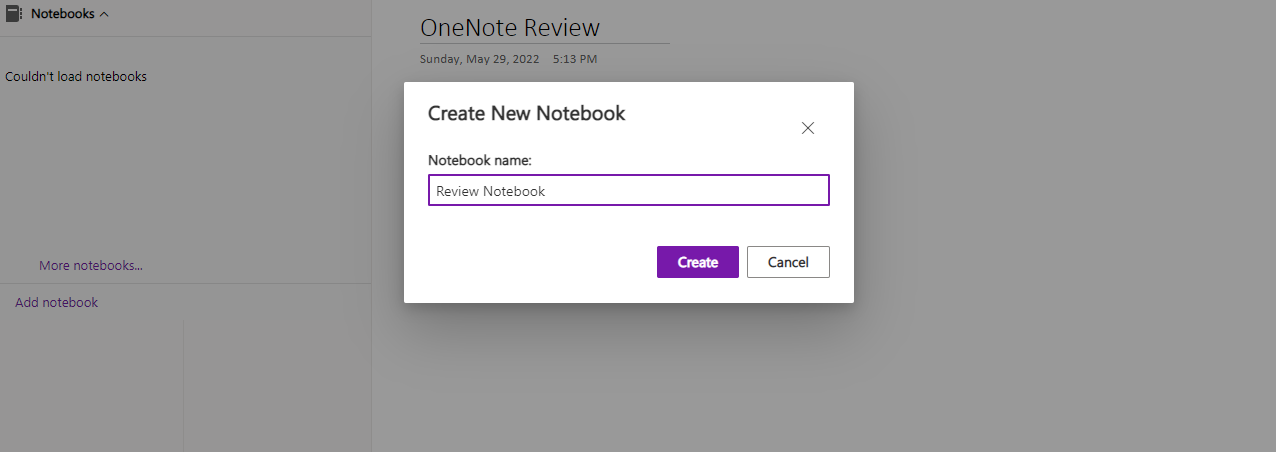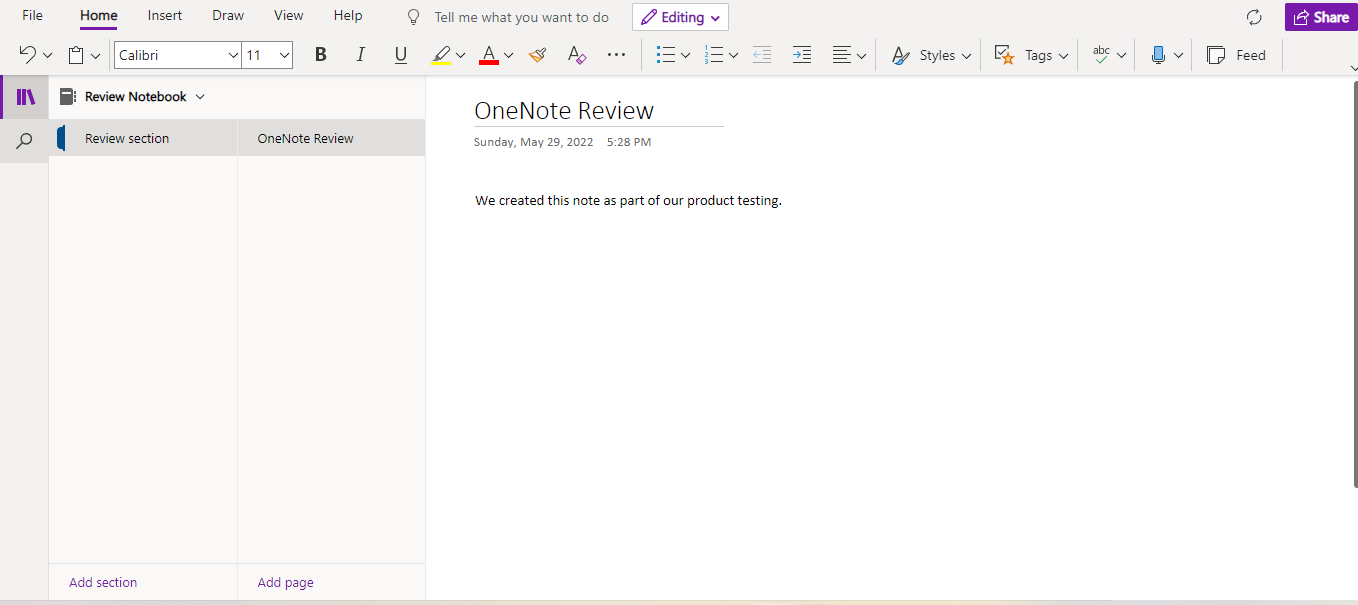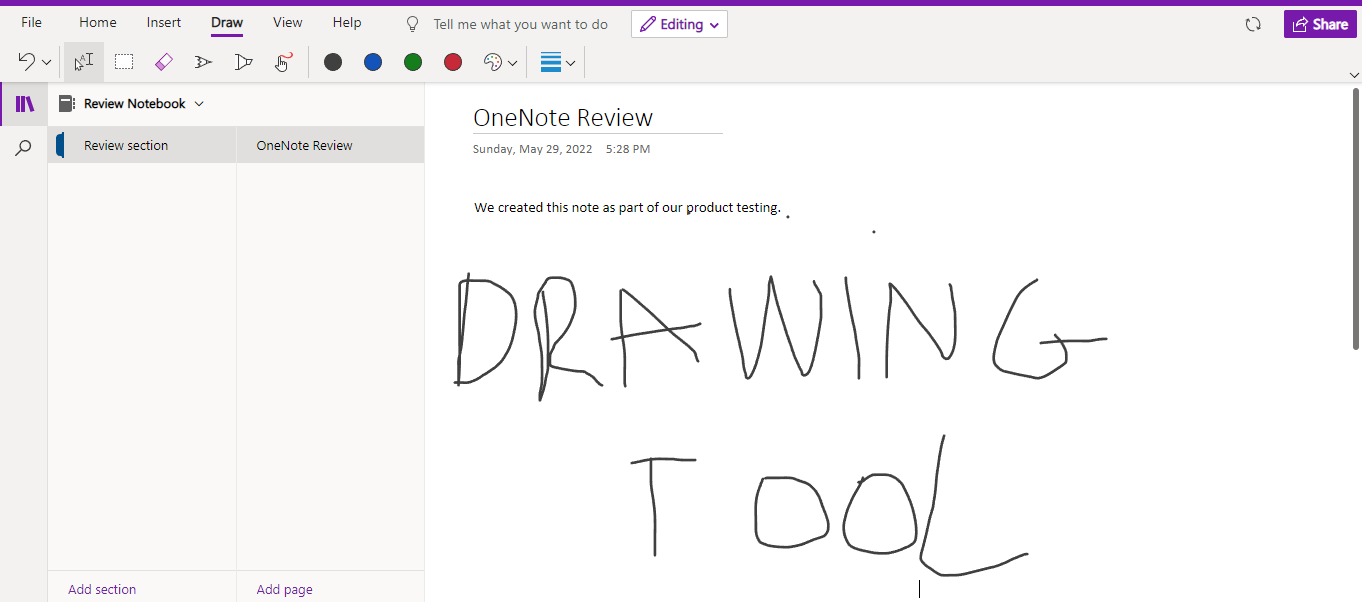OneNote
OneNote is a product of Microsoft, the American software giant whose Windows operating system powers the majority of the world’s PCs. Save for its core operating system, Microsoft has also developed a vast collection of consumer software, including OneNote, some of which are free to use.
Microsoft released the first version of OneNote in 2003 to a positive reception. That version was available only on the Windows operating system. In 2011, Microsoft released the first mobile version of the note-taking app on the iOS platform. A year later, it debuted an Android version.
In 2014, the company released a OneNote app for the macOS operating system. It also launched a cloud-based version of OneNote shortly after, but with limited features compared to the native apps.

OneNote: Plans and pricing
There’s a free version of the OneNote app that anyone can use. But, this version provides only 5GB of storage and lacks specific features, such as stickers and the math assistant. There's also a free version for verified educational users that provides 1TB of storage.
You need a paid Microsoft 365 account to access additional storage and unlock all the features of the OneNote app. You may choose the Personal plan, which costs $5.99 per month and provides 1TB of storage, or the Family plan, which costs $7.99 per month and provides 6TB of storage for up to six users.
OneNote: Features
You must have a Microsoft account to access OneNote. Many people already have one, and, if you don’t, it’s easy to create a new one at any time. You can access OneNote through the web-based interface or download the app on your device. You should pick the latter option if you want to make the best of the note-taking tool, as the web-based version lacks some features available on the native app.
The first feature you should take note of is creating notebooks. You can create as many digital notebooks that fit within your assigned storage. This digital notebook works just like a hard copy one, with the main difference being that you have unlimited virtual pages. You can type in as much content as you wish on every notebook page.

The text editor on OneNote feels like a less sophisticated version of Microsoft Word. You can format your text in several ways. For example, you can Bold, Italicize, or Underline text. You can also change the text font, as the app has a selection of over three-dozen funds. Likewise, you can change the color of the text for aesthetic or informational purposes.
You can also draw objects on the notepad using your mouse and touchpad on a personal computer or your fingers (or a stylus) on a mobile device. When drawing, you can change the line thickness or choose from a palette of colors, as you’ll do on any basic drawing tool.
One great thing about OneNote is that it supports real-time collaboration. You can share your notes with colleagues or friends by inviting them through email, and they can edit them as you watch. This feature makes OneNote a good tool for fostering collaboration between friends or in the workplace.

OneNote: Interface and use
The OneNote app has a pretty tidy user interface. We found it easy to navigate the app without significant challenges. But, one flaw that we observed is that OneNote occasionally lags when using it on a PC, especially one with low-end specifications. Many user reviews highlight the occasional lag as a drawback.
OneNote: Support
You can get direct customer support through live chat or telephone if you have a paid Microsoft 365 account. The company’s support representatives are available 24/7 to field inquiries.
Likewise, there’s a section dedicated to the OneNote app on Microsoft’s official support center. This webpage contains a lot of user guides, manuals, and how-tos concerning the app. It’s a useful tool for both free and paid users to learn about OneNote and solve commonly encountered problems on the note-taking app.
OneNote: The competition
Popular alternatives to OneNote include Zoho Notebook, Dropbox Paper, and Google Keep. OneNote offers similar functionality to these competitors, but one thing that sets it apart is its extensive support for third-party integrations.
OneNote: Final verdict
After testing OneNote, we can confidently say it’s an excellent note-taking app. It has ample features that let you keep notes, organize them, and access them from any device. We liked its support for real-time collaboration and the extensive third-party integration.
The app has its drawbacks, such as limited text formatting and the small amount of storage (5GB) assigned to free users.
0 comments:
Post a Comment